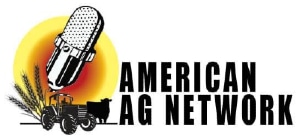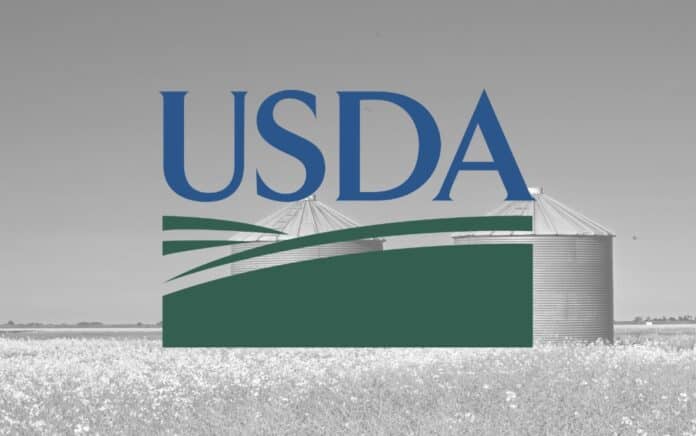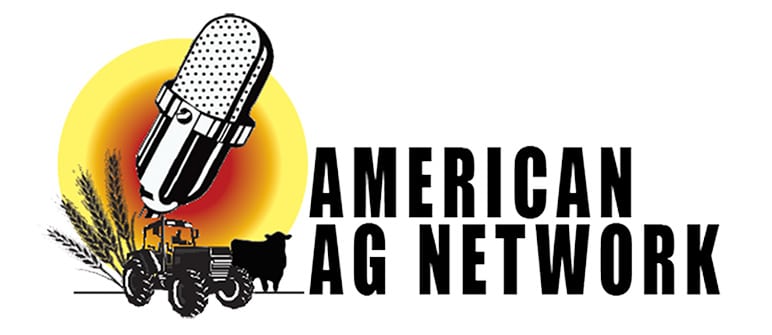On Tuesday, USDA announced the Regional Agriculture Promotion Program (RAPP) and more funding coming from the Commodity Credit Corporation. Below is industry reaction:
USGC Reacts To USDA’s Announcement Of Regional Agriculture Promotion Program (RAPP) Market Development Funds
Today, the U.S. Department of Agriculture (USDA) announced its plan to use Commodity Credit Corporation (CCC) funds to create the Regional Agriculture Promotion Program (RAPP) – a $1.3 billion program to assist agricultural groups in marketing their commodities overseas. In addition, and under the RAPP program, USDA will also provide $1 billion in commodity-based international food aid.
In response to the announcement, the U.S. Grains Council (USGC) thanked the USDA:
“The U.S. Grains Council thanks Secretary Vilsack and the USDA for continuing to promote market development through providing a new program funding source,” said USGC President and CEO Ryan LeGrand. “The success of the Council would not be possible without its partners in both the public and private sector, and we look forward to expanding exports of corn, sorghum, barley and their co-products with this new source of funding, however, there is still a need to increase long-term funding of the MAP and FMD programs in a new farm bill.”
Like the Agricultural Trade Promotion (ATP) funds that were first distributed in 2019, RAPP funding from USDA’s Foreign Agricultural Service (FAS) will supplement the Market Access Program (MAP) and Foreign Market Development (FMD) funds the Council relies on annually to help its members expand markets for grains in all forms and its international partners to serve their local consumers.
NASDA commends launching the Regional Agricultural Promotion Program to boost U.S. food and agriculture exports worldwide
ARLINGTON, Va. — The National Association of State Departments of Agriculture applauds Secretary Vilsack for establishing the Regional Agricultural Promotion Program to better promote America’s food and agriculture products in demand across the globe.
“It’s important to know that for every $1 invested in export market development programs, $24 is returned in export revenue. Simply put, this program is a win for farmers, ranchers and the American economy because it will increase income and create more American jobs in the farm and food sector,” NASDA CEO Ted McKinney said. “This program will build upon the success of the Agricultural Trade Promotion Program, which is projected to generate $6.44 billion in farm cash receipts and nearly 14,780 jobs annually.”
Wheat Groups Welcome New Funding for Food Assistance and Market Development
|
|
|
ASA Welcomes Trade & Food Aid Support from USDA |
| Washington, D.C. Oct. 24, 2023. The American Soybean Association applauds the U.S. Department of Agriculture’s efforts to strengthen U.S. trade and food aid by providing funds to maintain and develop markets and address global hunger. Agriculture Secretary Tom Vilsack announced $2.3 billion will be allocated from the Commodity Credit Corporation, $1.3 billion of which will go toward the Regional Agriculture Promotion Program and diversification of specialty crop export markets, the balance toward international food assistance.
ASA President Daryl Cates, who grows soybeans in Illinois, said, “America’s soybean farmers rely on strong existing export markets and opportunities to open and build new markets. It can take decades to grow markets for our beans and only a matter of days in some cases to lose them, so having the funds to sufficiently support export promotion programs is something ASA and soy growers have consistently championed. And, as both an industry that participates in food aid programs and as human beings, we are pleased to see the administration looking for additional ways to help us address global food insecurity.”
Cates says he and others in the soy industry are happy to see USDA acknowledging the uncertainty that surrounds agriculture and challenges that arise from that unpredictability, and that the department has conveyed through its funding infusion the importance of market development programs.
“USDA has demonstrated that it recognizes the importance of market promotion programs. We are thankful USDA sees value in the collective efforts of the Foreign Agricultural Service and agriculture cooperators like the American Soybean Association, which are stewards of market development funding and bring vital aid programs and market expansion projects to life,” said Cates.
ASA remains committed to its trade and food aid efforts and will continue to push for doubling of Market Access Program and Foreign Market Development program funding in the 2023 Farm Bill reauthorization.
ASA utilizes funds from USDA to support the U.S. Soybean Export Council, which develops and expands markets for U.S. soybean farmers, and ASA’s World Initiative for Soy in Human Health, which work to find new and build emerging markets for soy. |
|
|||||||||||||||||||||||
|
USMEF Statement on Regional Agricultural Promotion Program FundingU.S. Secretary of Agriculture Tom Vilsack announced today that USDA will utilize $1.3 billion from the Commodity Credit Corporation (CCC) to fund a Regional Agricultural Promotion Program aimed at diversifying export markets for U.S. agricultural products. U.S. Meat Export Federation (USMEF) President and CEO Dan Halstrom issued the following statement: USMEF thanks Secretary Vilsack and the staff at USDA for prioritizing international market development by making these funds available through the Commodity Credit Corporation. The USDA Market Access Program (MAP) and Foreign Market Development (FMD) Program have a proven track record of providing excellent, value-added returns to U.S. producers, and more recently the Agricultural Trade Promotion Program (ATP) helped U.S. agriculture overcome trade obstacles and develop new markets. With ATP funding coming to the end, new investments in foreign market development are very timely and much appreciated. We also thank Congressional leaders for their support of this program and for their continued support of MAP and FMD funding. |


